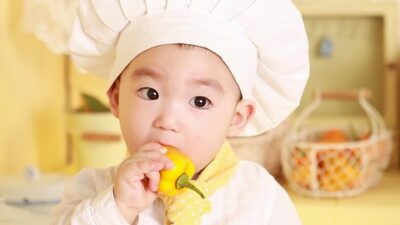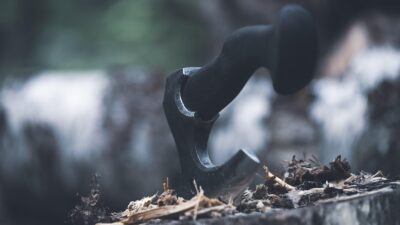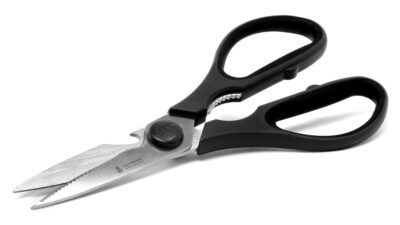Baking is a magical process that transforms simple ingredients into delicious treats. Whether you’re an aspiring home baker or a seasoned pro, mastering the basics of baking can elevate your skills and lead to mouthwatering results. In this guide, we’ll cover essential components of baking, including techniques, ingredients, and tips for perfect pastries and breads.
Understanding Ingredients
1. Flour
Flour is the backbone of baked goods. Different types have varying protein contents that affect texture:
- All-Purpose Flour: Versatile and suitable for most pastries and breads.
- Bread Flour: Higher in protein, ideal for yeasted breads due to its ability to create gluten.
- Cake Flour: Lower in protein; it yields tender cakes and soft pastries.
2. Sugar
Sugar not only sweetens but also impacts texture and browning:
- Granulated Sugar: Common in most recipes.
- Brown Sugar: Adds moisture and a deeper flavor due to its molasses content.
- Confectioners’ Sugar: Used for icing and dusting.
3. Leavening Agents
Leavening agents create the lift necessary for baked goods to rise:
- Baking Powder: Contains both an acid and a base; perfect for quick breads.
- Baking Soda: Requires an acid (like buttermilk or vinegar) to activate.
- Yeast: A living organism; ideal for bread-making, as it ferments and produces gas.
4. Fats
Fats add flavor, moisture, and tenderness:
- Butter: Provides rich flavor and contributes to flaky textures in pastries.
- Oil: Keeps baked goods moist; often used in cakes and muffins.
- Shortening: Creates a tender crumb, especially in cookies and pie crusts.
5. Liquids
Liquid binds ingredients, activates yeast, and can alter texture. Key options include:
- Water: The most basic liquid used in breads.
- Milk: Adds richness and browning properties.
- Eggs: Enhance moisture, flavor, and structure.
6. Flavorings & Add-ins
Spices, extracts, fruits, nuts, and chocolate can enhance your baked goods. Always consider the balance of flavors!
Essential Techniques
1. Measuring Accurately
Precision is key in baking:
- Use a kitchen scale for dry ingredients.
- Measure liquids in clear measuring cups for accuracy.
2. Mixing Methods
- Creaming: Beat butter and sugar to incorporate air, typically used for cookies and cakes.
- Folding: Gently combine ingredients without deflating the mixture, ideal for delicate batters.
- Kneading: Develops gluten in bread dough, ensuring a good rise and chewy texture.
3. Chilling Dough
For pastries, chilling the dough helps maintain a flaky texture. It solidifies the fat, preventing it from melting before baking.
4. Proofing
For yeast-based recipes, proofing allows the dough to rise. Ensure your yeast is active and give the dough enough time to double in size.
5. Baking
Ensure your oven is preheated, and consider using an oven thermometer for accuracy. Bake until golden brown and a toothpick comes out clean.
Tips for Perfect Pastries and Breads
- Read Recipes Thoroughly: Understand each step and preparation before starting.
- Invest in Quality Equipment: A good set of measuring cups, spoons, a scale, and a reliable oven make a difference.
- Room Temperature Ingredients: Bring butter, eggs, and dairy to room temperature for better mixing and texture.
- Know Your Oven: Ovens can have hot spots. Rotate your baked goods halfway through baking for even results.
- Practice Patience: Allow baked goods to cool completely before icing or cutting for the best texture and presentation.
Conclusion
Baking is both a science and an art. By mastering the basics of ingredients, techniques, and tips, you can create delightful pastries and breads that reflect your unique style. So preheat your oven, gather your ingredients, and embark on your baking adventure—your kitchen will soon be filled with irresistible aromas and delectable treats! Happy baking!



